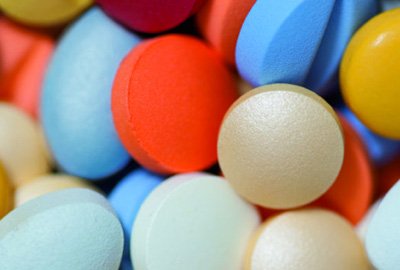Tablet Coating Materials
Introduction:- Tablet is a pharmaceutical solid dosage form, comprising a mixture of active substances and excipients, commonly in powder form, pressed or compacted right into a stable. Capsules Dosage form is one of a most desired dosage form everywhere in the world. Tablet Shining Coat, Tablet Coating Material, Almost all drug molecules may be formulated in a tablet and procedure of producing of drugs is very simple, and may be very bendy. Coating is a manner by using which a basically dry, outer layer of coating material is implemented to the surface of a dosage shape to achieve precise benefits. Coating may be implemented to a wide range of oral solid dosage shape, along with capsules, capsules, multi particulates and drug crystals, Pharmaceutical Tablet Coating. While coating composition is carried out to a batch of capsules in a coating pan, the tablet surfaces grow to be protected with a tacky polymeric film. Before the tablet floor dries, the carried-out coating adjustments from a sticky liquid to tacky semisolid and sooner or later to a non-sticky dry surface pans. Many stable pharmaceutical dosage forms are produced with coatings, both on the external surface of the tablet, or on substances dispensed inside gelatin tablets. The tablet ought to launch the medicament steadily and the drug should be to be had for digestion. The coating procedure can be in particular formulated to adjust how speedy the tablet dissolves and in which the lively tablets are to be absorbed into the body after ingestion. Wincoat Ready Mix Tablet Coating, and Aqueous Moisture Tablet Coating
Different Methods Of Tablet Coating Materials
- Film Coating Materials:- As the sugar coating process is very time consuming and is dependent on the skills of the coating operator, this technique has been replaced by film coating technology. The process involves spraying of a solution of polymer, pigments and plasticizer onto a rotating tablet bed to form a thin, uniform film on the tablet surface. The choice of polymer mainly depends on the desired site of drug release (stomach/ intestine), or on the desired release rate.
- Organic Film Coating Materials: – Currently, the most common technology for coating solid dosage forms is the liquid coating technology (aqueous based organic based polymer solutions). In liquid coating, a mixture of polymers, pigments and excipients is dissolved in an organic solvent (for water insoluble polymers) or water (for water soluble polymers) to form a solution, or dispersed in water to form a dispersion, and then sprayed onto the dosage forms in a pan coater (for tablets) and dried by continuously providing heat, typically using hot air, until a dry coating film is formed. Organic solvent based coating provides a variety of useful polymer alternatives, as most of the polymers are soluble in the wide range of organic solvents.
- Aqueous Film Coating Materials: – Aqueous-based coatings have been increasingly used compared with organic-based coatings. The conversion from organic solvent based coating to aqueous based coating makes the coating process more economical, though initially it may need a little investment to upgrade the coating facility. The need of this up-gradation arises due to the need of higher drying capacity. This implies that one would require 4 times more energy as compared to organic solvent.

